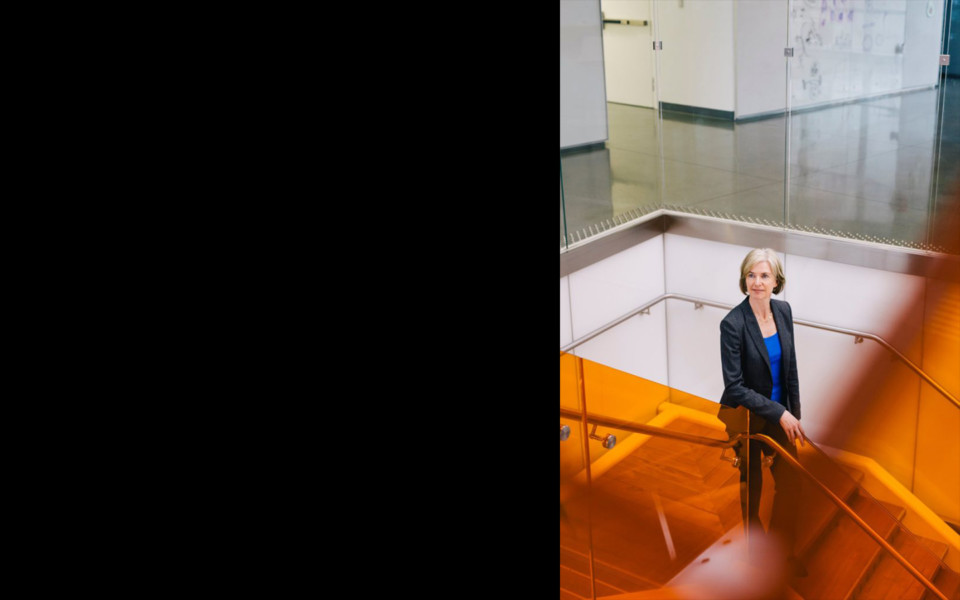How to Stop Rogue Gene-Editing of Human Embryos?
Some U.S. researchers knew of a Chinese scientist’s intentions to implant edited embryos but were unable to stop him. Now scientific institutions are trying to devise global safeguards.
A year ago, Dr. Matthew Porteus, a genetics researcher at Stanford, received an out-of-the-blue email from a young Chinese scientist, asking to meet.
A few weeks later, the scientist, He Jiankui, arrived in his office and dropped a bombshell. He said he had approval from a Chinese ethics board to create pregnancies using human embryos that he had genetically edited, a type of experiment that had never been carried out before and is illegal in many countries.
“I spent probably 40 minutes or so telling him in no uncertain terms how wrong that was, how reckless,” Dr. Porteus said in a recent interview.
Dr. Porteus did not report Dr. He’s intentions to anyone, because he thought he’d talked him out of it and it wasn’t clear where to report the plans of a scientist in China. Neither did two other American scientists Dr. He confided in.
Now, nearly two months after Dr. He shook the scientific world by announcing he had created the first genetically edited babies — twins, born in November — the world’s major science and medical institutions are urgently trying to come up with international safeguards to keep such rogue experiments from happening again.
But while scientists around the world agree the nightmare scenario must be stopped, they disagree about how to do it. Even inventors of Crispr, the gene-editing tool Dr. He used, differ on the best approach.


